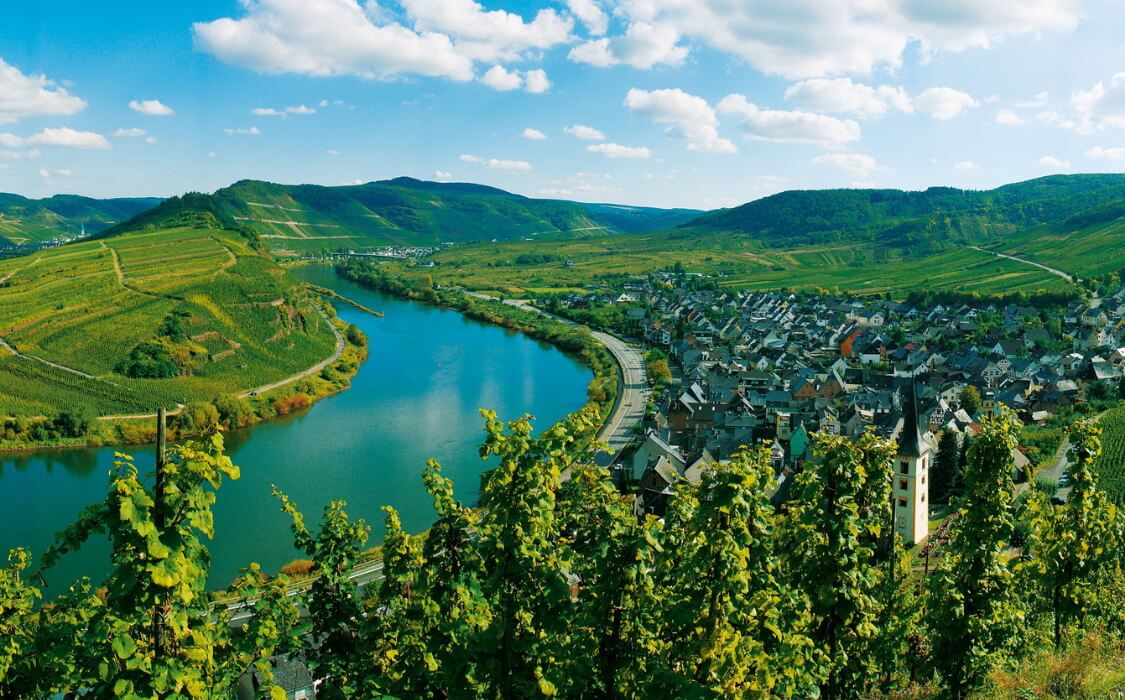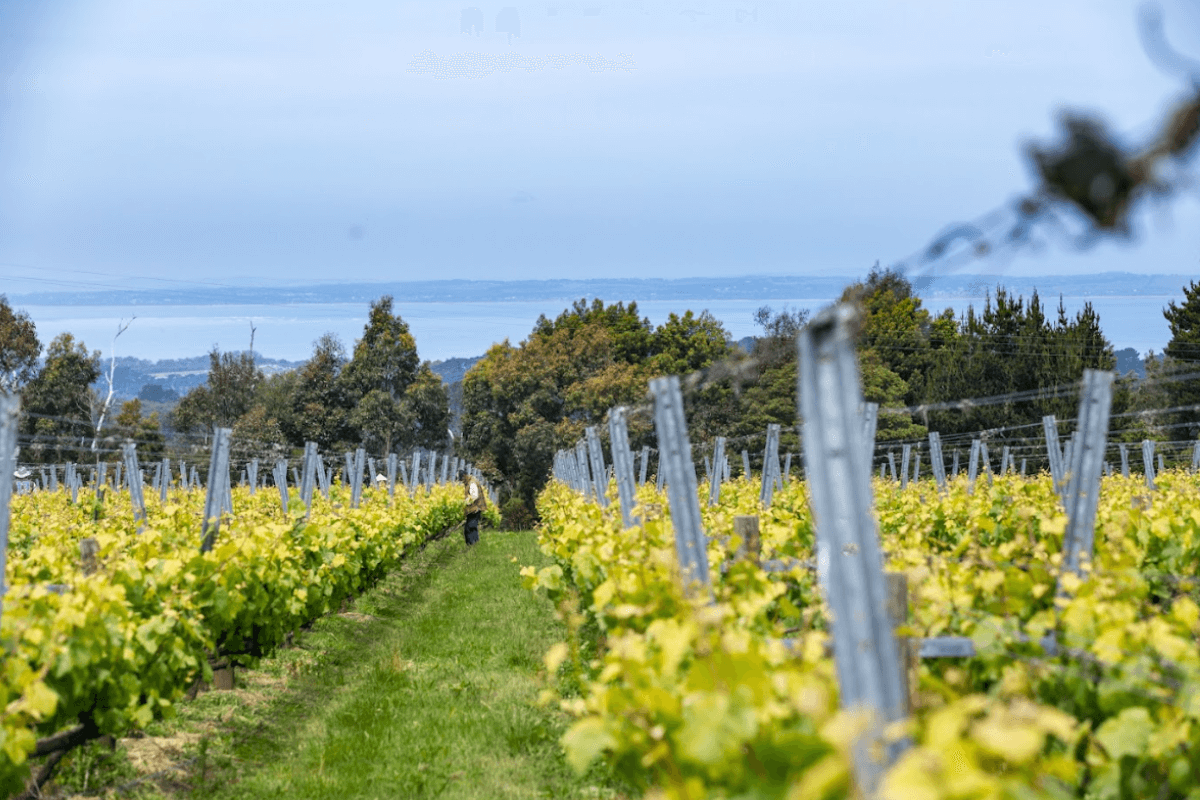
A miracle has happened in Germany. A generation ago there were good German wines but you had to search hard to find some. Today they are available in abundance in every price range. – Stuart Pigott, author and wine critic
Stuart is famous for his excellent Riesling book. I’d add "and in a wider variety than you could ever imagine" to his quote.
To the generation weaned on Blue Nun and Black Tower Liebfraumilch, for whom German wine was always sweet, that time is long past. And anyway, Riesling was not the offending grape in those cases – it was Müller-Thurgau, a variety that has been steadily declining in Germany’s vineyards over the last decade.
Thankfully, to those young enough to have escaped such a baptism, German wine is increasingly popular in the shops. Of course, on one level it’s absolutely right to associate Riesling with Germany – they have the lion’s share of the world’s plantings of it across all their wine regions. Few would argue that any other country does it better.
They also have Spätburgunder aka Pinot Noir – a lot of it, in fact they are the world’s third largest producers of it. If UK shop shelves are not groaning with it that’s because most of it is drunk at home in Germany.
And they are quite partial to and very good makers of Grauburgunder – better known as Pinot Grigio here. Again they have the third largest plantings of it in the world after Italy and France. If you need persuading of Pinot Grigio’s potential in the right hands, try a German one.
And the third member of the Pinot family – Weissburgunder, aka Pinot Blanc is also popular. They also have the world’s best Silvaner. That’s before considering the long list of other varieties grown there including Zweigelt, Trollinger, Dornfelder and Lemberger all making red wine.

Convictions are more dangerous enemies of truth than lies. In other words: Riesling will never be quite what you expect, which is exactly why you should start acquainting yourself with this often misunderstood, much loved white wine. The first step to Riesling appreciation: lose the notion that this is just a sweet wine.” – Paul Grieco, Sommelier, New York
Having got the message that German Riesling need not be sweet, the next question is “how do I know it’s dry?” Which is where the ‘Trocken’ word comes in. Most of the younger generation of winemakers make drier wines – and label them ‘Trocken’. It has a legal definition – the wine can have up to 9 grams of residual sugar per litre (bear in mind much commercially produced Kiwi Sauvignon Blanc will have around 6 grams) provided there is enough balancing acidity.
There is never not enough acidity in German Riesling. At around 5 to 9 grams of sugar you don’t perceive sweetness – more that wine’s sharpness is offset by the sugar and feels more enjoyably balanced. These styles are sensationally good with smoked fish, shellfish and with Thai cuisine – and they make a great aperitif.
Make this month the one you explore the full glory of Germany’s wine – there is so much to love…
A tour of some of Germany’s most well-known wine regions in 7 bottles…




